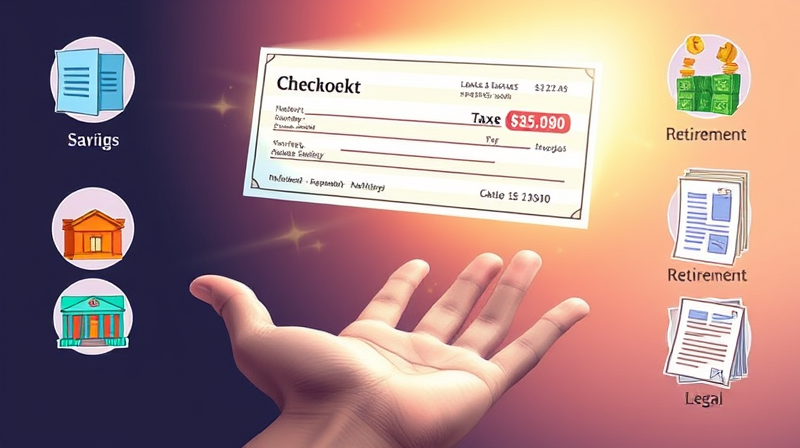
Our fast-paced world demands solutions that free us from the daily grind. Passive income offers a lifeline, allowing individuals to build long-term financial security and enjoy more freedom.
Passive income refers to earnings that require minimal ongoing effort after an initial setup. It contrasts with active income, which demands continuous time and labor. By leveraging various assets, you can generate steady returns with low effort and diversify sources of earnings.
Understanding the main types of passive income is crucial. They generally fall into these three categories:
Below are some of the most popular and effective streams in 2025, complete with typical yields, entry requirements, and risk considerations.
Investing capital in financial markets can yield consistent returns over time. Common options include dividend stocks, bonds, and high-yield savings vehicles.
Dividend Stocks often offer yields between 1% and 6%. Tech companies average around 3.2%, while dividend aristocrats can exceed 6%. For example, a $10,000 position yielding 2.28% produces roughly $228 annually. Diversified ETFs and mutual funds can mirror these yields with built-in risk management.
Bonds deliver yields of 2%–5% annually, depending on type—municipal, corporate, or bond ladders. A $10,000 bond at 3% generates about $300 per year. While safer than stocks, bonds still face interest rate and credit risks.
High-Yield Savings Accounts & CDs can reach up to 5% APY in 2025. They are FDIC insured, making them virtually risk-free, though inflation may outpace their growth. A $10,000 deposit at 5% yields $500 annually.
Real estate remains a cornerstone of passive income, offering both tangible and paper-based options.
Rental Properties can produce 6%–12% returns on cash invested, depending on market and leverage. Upfront costs are high, and property management requires expertise. Short-term rentals like Airbnb may command higher nightly rates, but come with variable occupancy and regulation challenges.
REITs (Real Estate Investment Trusts) pay 2%–7% dividends, providing diversification and liquidity without property maintenance. Crowdfunded real estate platforms offer yields from 5% to 12%, with lower entry thresholds but reduced liquidity compared to REITs.
Creating digital products is highly scalable, transforming creative efforts into long-term revenue.
E-Books and Online Courses can earn $2–$10 per copy or $10–$200 per student. A single course with 100 students at $50 each produces $5,000 in passive sales. Platforms like Udemy and Teachable facilitate distribution and payment processing.
YouTube Channels and Blogging leverage advertising, sponsorships, and affiliate marketing. Earnings vary dramatically: niche websites may earn a few hundred dollars monthly, while top creators exceed thousands. Initial content creation demands significant time, but content can generate revenue for years.
Affiliate Marketing and Print-on-Demand allow you to earn commissions or royalties on products without inventory. Commissions can range from 5% to 50%, and print-on-demand designs sell as shirts, mugs, or posters, generating royalties per transaction.
Balancing benefits and drawbacks is essential before committing resources. The table below outlines key pros and cons.
Launching a passive income stream involves planning, research, and incremental action. Follow these steps to minimize risk and maximize returns:
Recent data illustrates the evolving landscape. High-yield savings accounts pay up to 5% APY, while dividend aristocrats yield over 6%. REITs and crowdfunded real estate platforms typically offer 5%–12% dividends. Digital creators report monthly earnings of $5,000 or more once established. Entry costs vary: rental property down payments start around $20,000, whereas REITs and crowd investments allow for sub-$1,000 investments.
Keep these guidelines in mind to enhance success and avoid scams:
Diversify across multiple streams to reduce exposure and smooth earnings. Beware of “too good to be true” schemes promising overnight wealth. Regularly review performance and market conditions to adjust strategies. Automate where possible; scheduling tools, AI assistants, and financial trackers can minimize manual work.
Beyond traditional methods, consider these innovative avenues to boost passive revenue:
Creating sustainable passive income requires an initial investment of effort and resources, but the payoff can be substantial: freedom to focus on passions and travel, a buffer against job loss, and a path to early retirement. By combining traditional investments, real estate ventures, and digital products, you can construct a diversified portfolio that works for you 24/7. Start small, iterate quickly, and reinvest gains to accelerate growth. With discipline and informed decisions, you can truly build wealth while you sleep.
Remember, passive income is not a magic bullet. It demands patience, ongoing learning, and occasional adjustments. Yet, the compounding effect of reinvested earnings and time saved can lead to exponential financial growth. Embrace these strategies now to secure a brighter, more liberated future.
References













